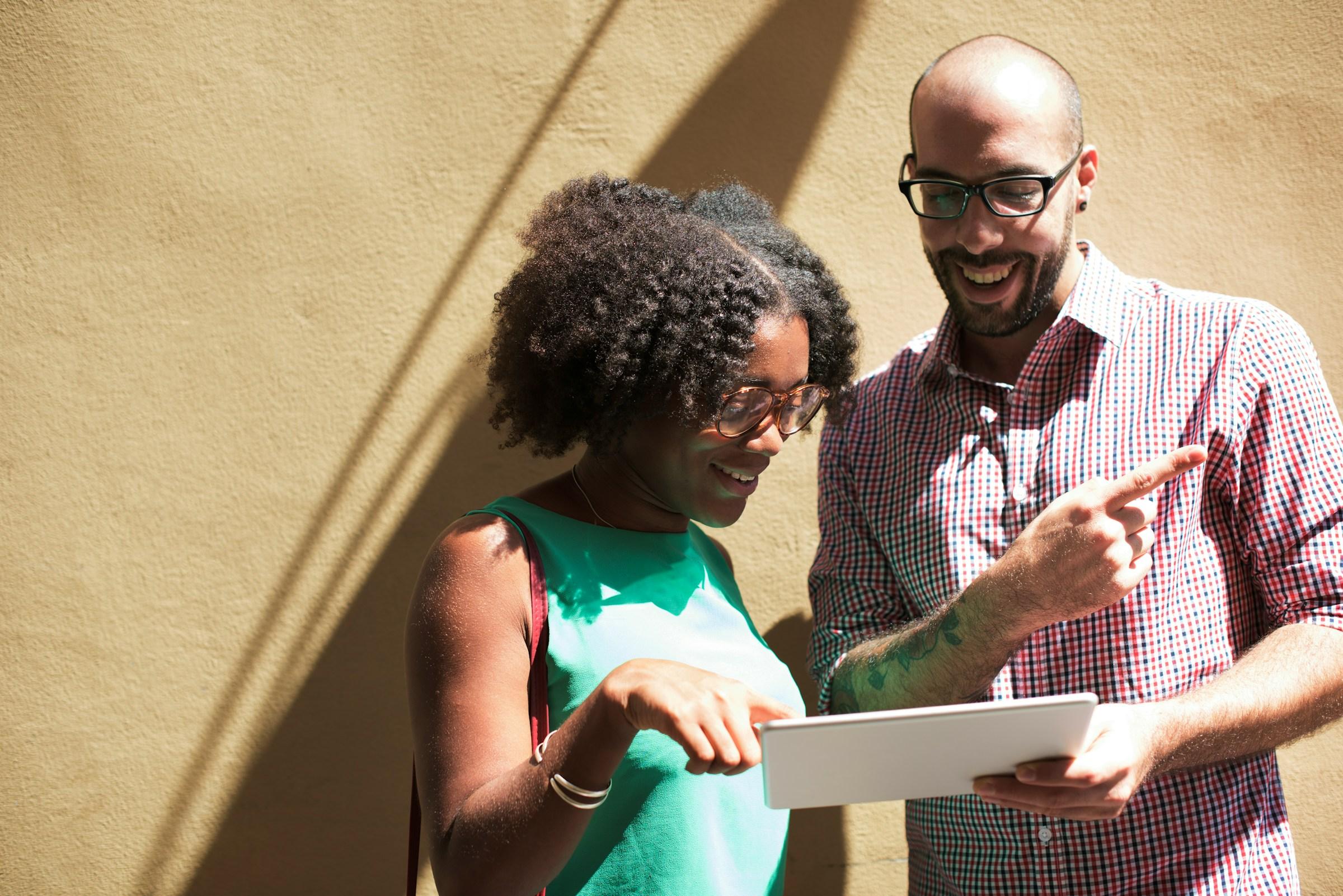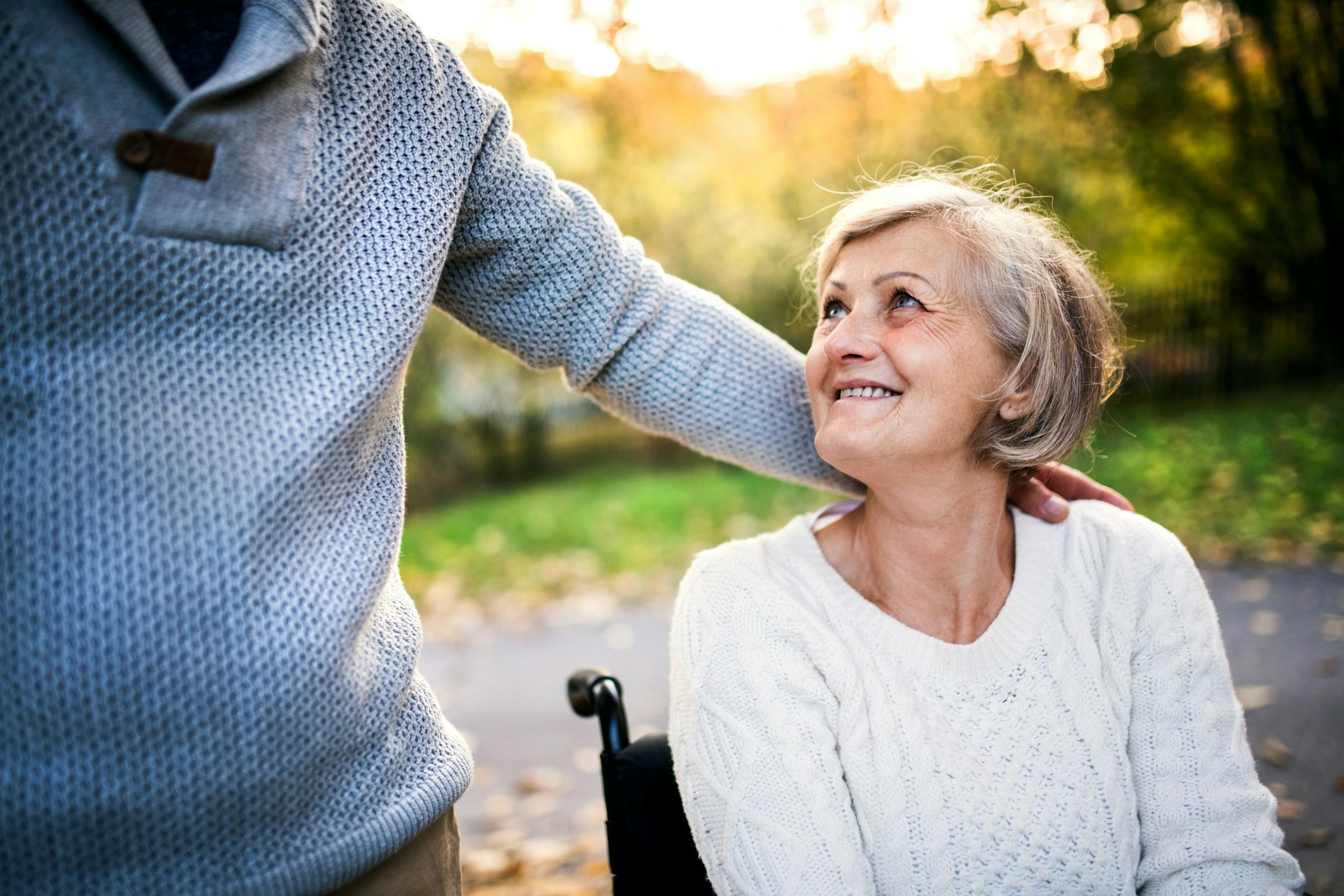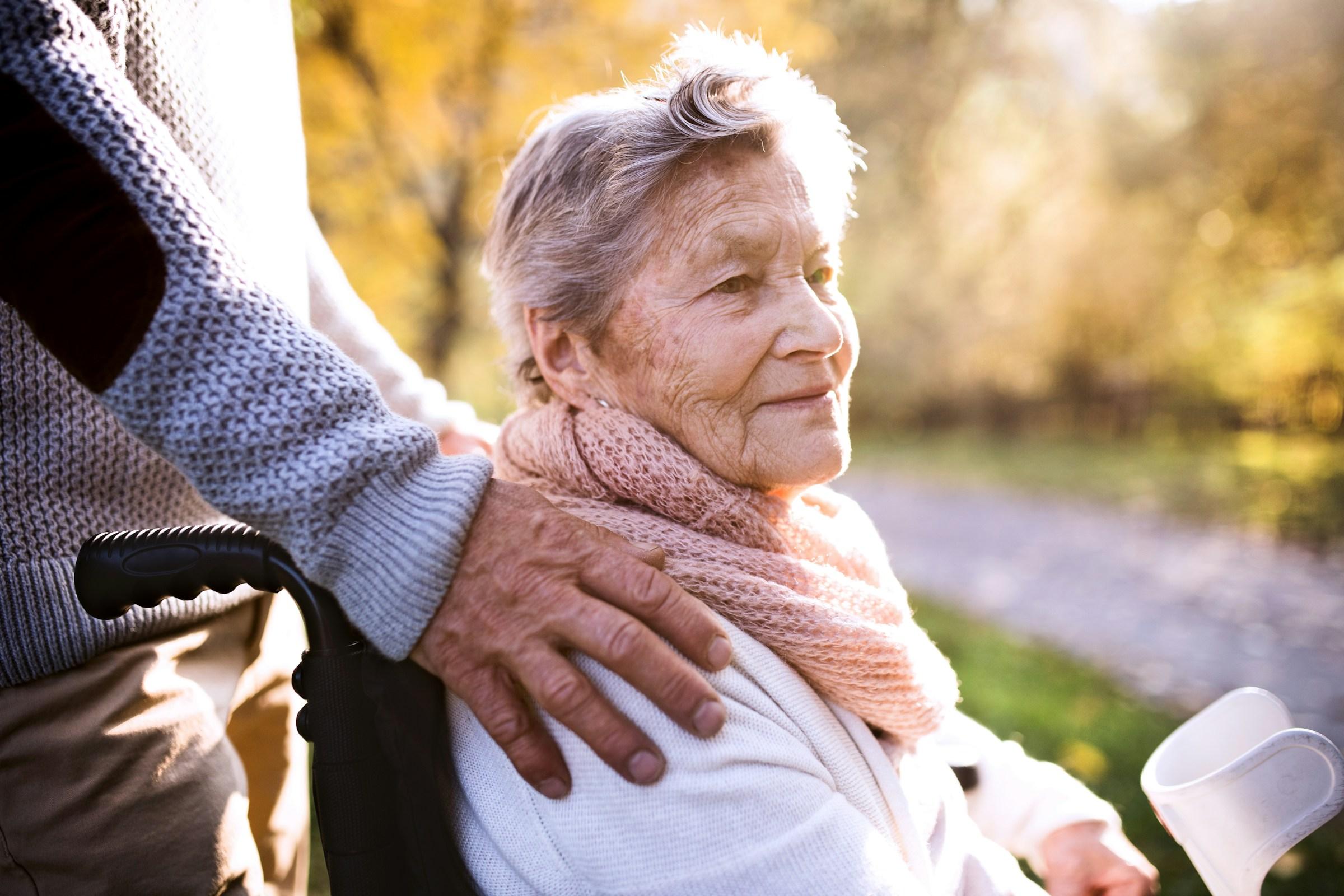The smile that appears before words is not always a mirror of happiness. It is often a quick calculation, a signal that says everything is fine while the mind checks the exits. In busy rooms and crowded timelines, smiling works like soft armor. It reduces tension, delays confrontation, and helps people steer a moment toward safety. When we ask why smiling functions as a defense mechanism, we are really asking how people navigate power, expectation, and risk in everyday life without turning every interaction into a fight.
Consider the modern workplace, where cameras come on and faces snap into agreeable. A steady smile tells colleagues that no one should worry, that you are not a threat, and that you will not add friction to the agenda. It is a way to be present without inviting pressure. The cheeks hold while the eyes sneak to the chat. In these spaces a neutral expression can be misread as apathy, while a frown can look like challenge. The smile buys seconds. Those seconds are valuable because they allow a person to choose words that will not detonate the meeting.
For people whose jobs require constant performance, the smile becomes part of the uniform. Front desk staff, baristas, flight attendants, and retail associates all learn how a practiced upturn at the mouth can defuse conflict before it becomes a scene. It signals competence and patience even when a customer is rude or the system behind the counter is failing. The same theater shows up online through emojis. A simple face added to a message softens blunt information. A nervous grin paired with an apology suggests accountability without inviting a pile-on. These tiny expressions steer tone, and tone controls whether a thread stays collaborative or turns hostile.
Power and gender shape the price of not smiling. Many women learn early that frequent smiles keep the word difficult off their file. In public spaces, a smile can be a tool to minimize danger, to make a stranger relax, or to stop a passerby from escalating a harmless exchange into an argument. The positivity may feel forced, but it is not random. It is a strategy informed by experience, and it is often the least costly option available. The same is true for immigrants and members of diaspora communities who deploy a ready smile to smooth over accent, mispronunciation, or a question about origin. The expression becomes a passport of sorts, a compact gesture that says I belong here and I will not cause trouble.
Clinical language offers one frame for this behavior and calls it fawning. The word describes a stress response, not a personality flaw. When a person senses risk, they may choose warmth to lower the temperature of the room. Social media has given this concept visibility, which helps many people recognize the pattern in their own lives. The explanation is not an excuse for bad behavior by others. It is an account of how vulnerable people adapt when safety depends on keeping interactions small and predictable.
The internet has also turned the smile into a curriculum. Tutorials teach the half grin used by chefs in brand videos or founders in funding announcements. The look says open to feedback and not rattled at the same time. Public figures practice this because the world evaluates them on approachability, and approachability often reads as control. Viewers may know the smile is deliberate, but the signal still works. Crowded environments reward expressions that compress complexity into something friendly.
Corporate systems amplify the demand for this performance. Many service manuals train teams to pair eye contact with a brief smile, to make a guest feel seen while moving the line forward. When complaints arise, the debate shifts from policies and resourcing to the tone of the interaction. The smile becomes a scapegoat when things go wrong. Managers ask whether the person at the counter smiled enough, as if a more intense grin could fix a broken process. The habit looks harmless, yet it turns emotional labor into a substitute for structural repair.
Private relationships are not free from this logic. A smile can be a boundary that hides in plain sight. It changes the subject without confrontation, keeps a date from spiraling, or postpones a conversation until both people have the capacity to handle it. The expression is a placeholder that says I will not go deeper right now. On a flight in rough air, passengers share quick smiles with crew and neighbors. These are not jokes. They are coordination signals that keep fear from spreading, a reminder that calm is a shared responsibility.
The consequences of smiling are not evenly distributed. Two people can use the same expression and face different stakes. A barista who smiles through a tense request can still be named online for not smiling enough, while an office worker who smiles in a meeting gets credit for being a team player. Attention lands unequally, and so does surveillance. This imbalance is a clue that smiling serves as both social lubricant and security feature. It helps the day stay workable, especially for those who cannot afford a public misstep.
There is pushback against the constant requirement to look pleasant. Rules about passport photos with neutral faces feel like a relief to many. Some creators post videos in a calm voice with a blank expression to show that seriousness does not need sugar. Athletes give post-game interviews without performative grins, and young professionals experiment with quietly firm delivery in challenging conversations. These examples suggest a new fluency, where restraint reads as intentional rather than cold.
Even so, most public spaces still reward the smile. Returns flow faster at the counter. Security lines behave better. Presentations end without awkwardness. Families get through holiday conversations with fewer eruptions. The world has not given up its belief that pleasant equals stable. People who understand this do not smile because they are fake. They smile because it is the least expensive way to shape a situation toward safety.
Online collaboration tools have absorbed this logic. A smiling reaction can cover a sharp message like a patch over a pothole. The road remains rough, but no one trips on that spot today. Threads look calmer, and the work can continue. The cost is that problems become less visible, since the surface appears smooth. Here again the smile is a temporary fix. It is not dishonest. It is a decision to keep moving when a full repair is not possible.
Over time, these small decisions add up. A person who smiles to keep elders comfortable avoids a political debate at dinner. A colleague who smiles through an unfair comment preserves the meeting agenda. A commuter who smiles at a security guard avoids extra screening. Each choice seems minor, but in aggregate they reveal a map of where power sits and who adjusts to it. The smile survives as a defense because it keeps risk manageable in rooms that are not fully safe.
The point is not to declare smiling good or bad. The point is to notice function. Smiling does not always express joy. It can be a filter that lets some feelings pass and holds others until the context is safer. It helps people improvise when the script is unclear. It allows someone to exit a conversation without turning it into a confrontation. It is learned, it is practiced, and in many situations it works.
That is why the question keeps returning. People look in the mirror before a call and wonder if they are smiling to connect or to protect. They scroll through photos for a profile and ask which version of friendly will attract sincerity and discourage aggression. They review a message and add a small face at the end because they do not want a colleague to misread their directness as hostility. These are not deceptions. They are adjustments that make the day a bit safer.
In the end, smiling is a defense mechanism because it reduces the chance of escalation when escalation would carry a high cost. It wraps vulnerability in a signal that other people accept without much thought. It buys a person time to choose words, space to avoid danger, and grace to try again tomorrow. In some rooms the same smile is simple warmth. In others it is armor disguised as courtesy. Either way it tells you what the moment can bear, and it lets you move through the world with a little more control than you had a second earlier.














